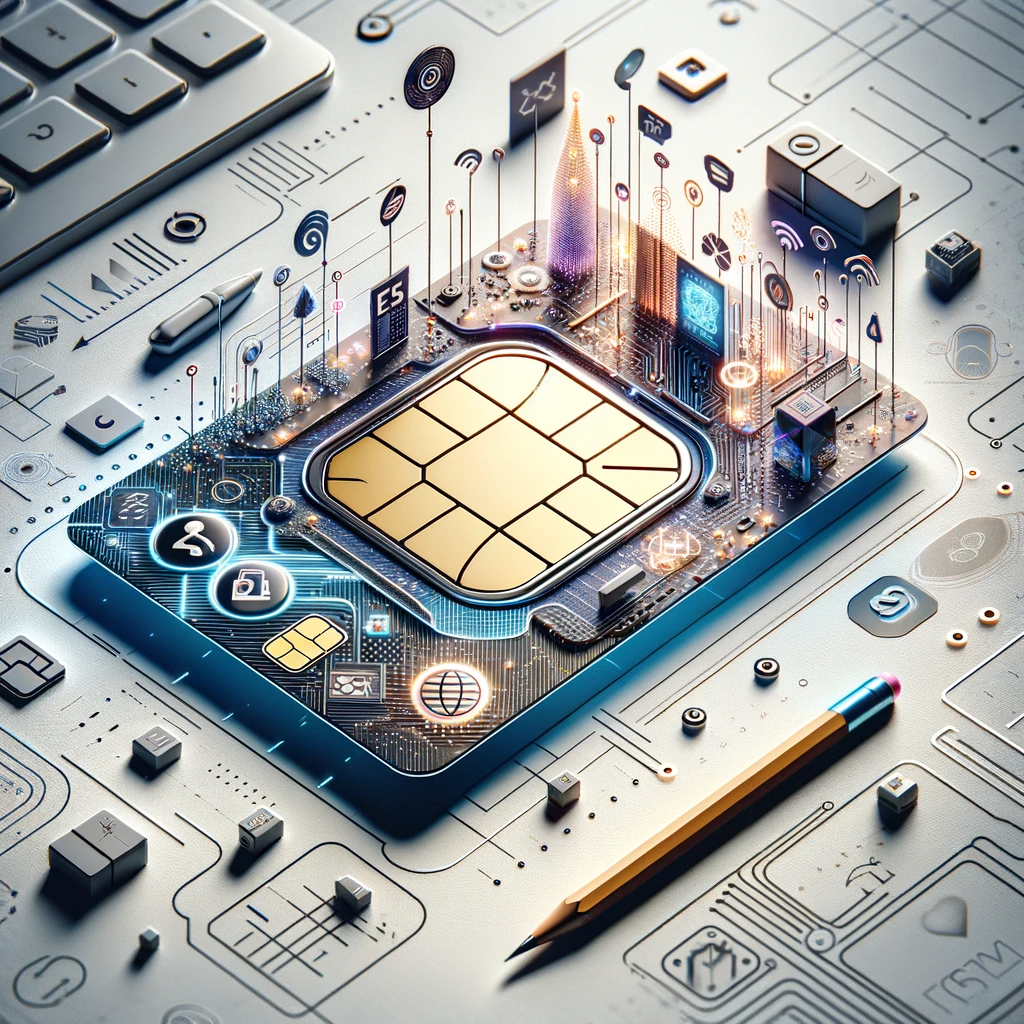An eSIM card, also known as an embedded SIM card or electronic SIM card, is a small chip that is built into a device and serves the same purpose as a traditional SIM card. However, unlike a physical SIM card, an eSIM card does not need to be inserted or removed from a device.
How does an eSIM card work?
An eSIM card works by storing the necessary information required to connect to a mobile network. This information includes the unique identifier of the device, the mobile network operator's credentials, and other relevant data. When a user activates a device with an eSIM card, the device connects to the mobile network using the stored information.
What are the advantages of using an eSIM card?
There are several advantages to using an eSIM card:
- Flexibility: With an eSIM card, users can switch between different mobile network operators without needing to physically change the SIM card. This makes it easier to switch networks when traveling or when seeking better service.
- Space-saving: Since an eSIM card is embedded into the device, it eliminates the need for a physical SIM card slot. This allows for more compact and streamlined device designs.
- Remote provisioning: eSIM cards can be remotely provisioned, meaning that users can activate or switch to a new mobile network without needing a physical SIM card. This adds convenience and flexibility for users.
Which devices support eSIM cards?
eSIM cards are becoming increasingly popular and are supported by a wide range of devices, including smartphones, tablets, smartwatches, and even some laptops. However, it's important to note that not all devices are eSIM compatible, so it's essential to check the device specifications before purchasing.
Conclusion
An eSIM card is a small chip embedded into a device that eliminates the need for a physical SIM card. It offers flexibility, space-saving benefits, and remote provisioning capabilities. As more devices become eSIM compatible, this technology is expected to become even more prevalent in the future.

